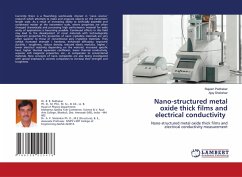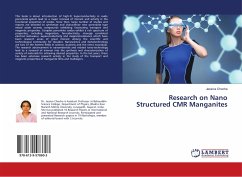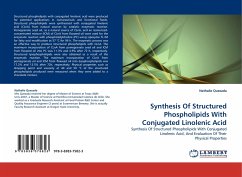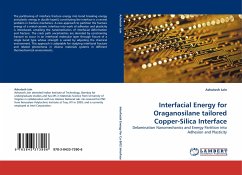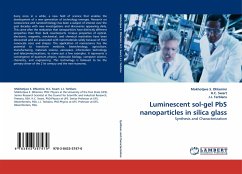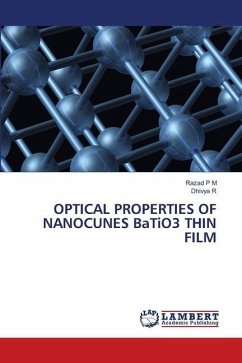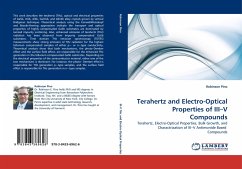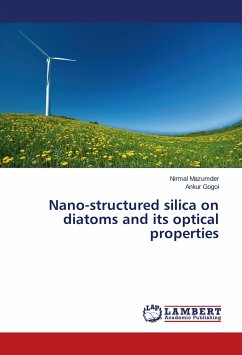
Nano-structured silica on diatoms and its optical properties
Versandkostenfrei!
Versandfertig in 6-10 Tagen
16,99 €
inkl. MwSt.

PAYBACK Punkte
8 °P sammeln!
Siliceous frustules were extracted from a representative fresh water diatom species (Cyclotella sp.) by treating with aqueous hydrochloric (HCl) acid. The structural characterizations of cleaned frustules were examined by scanning electron microscope (SEM). The microscopy images showed that the diatoms have a regular circular shape and are of almost equal size (average length is 9 m and average width is 3 m).It was observed that the frustules were composed mostly of silica (~87 at %), and metal oxides (~11.5 at %) as found from FT-IR and EDX measurements. Optical emission showed clear bands at...
Siliceous frustules were extracted from a representative fresh water diatom species (Cyclotella sp.) by treating with aqueous hydrochloric (HCl) acid. The structural characterizations of cleaned frustules were examined by scanning electron microscope (SEM). The microscopy images showed that the diatoms have a regular circular shape and are of almost equal size (average length is 9 m and average width is 3 m).It was observed that the frustules were composed mostly of silica (~87 at %), and metal oxides (~11.5 at %) as found from FT-IR and EDX measurements. Optical emission showed clear bands at 440 and 375 nm which arise due to silica microstructures of size 200 nm. Photonics device can be manufactured with this nature made nanostructure.



